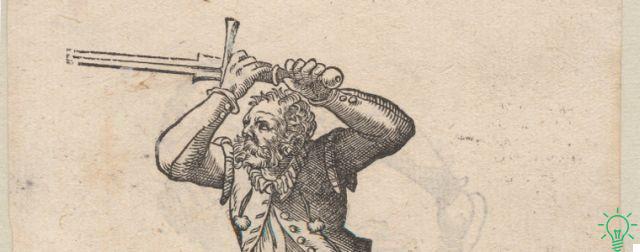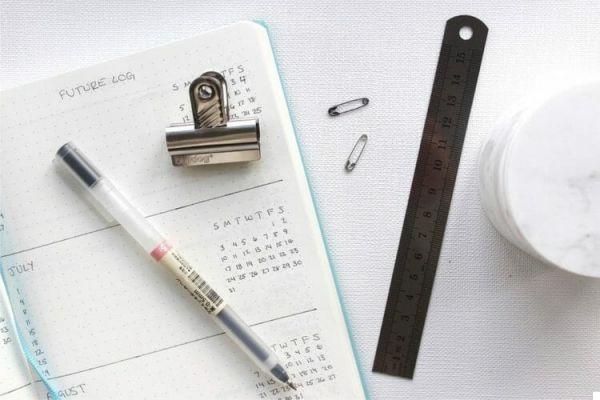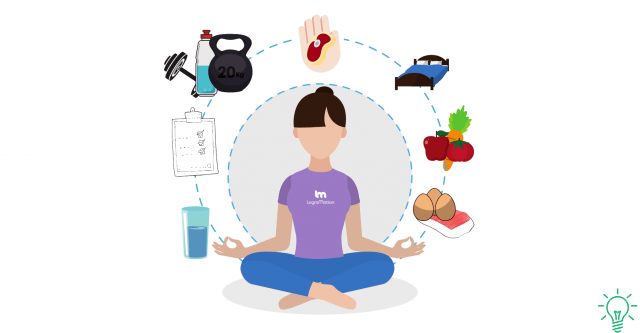2 techniques inspired by Skinner's behavioral studies to form habits effectively.

“Habits are formed by repeating specific actions. Habits are strengthened by increasing the number of repetitions of those specific actions. Positive habits can also be weakened or broken by not acting or repeating negative actions: following this behavior also favors the birth of negative habits.
Mortimer J. Adler.
It has now been a full month sincebeginning of the year: how are you doing with the New Year's resolutions?
Are you building your good habits with determination and self-discipline or ... are you back to old habits already ?! Don't worry, the ups and downs are part of our personal growth path, but if you are still determined to respect yours good intentions you have found the right place to discover all the most effective tools to achieve your goals.
I want to take advantage of this article to tell you about 2 psychological techniques that can be successfully applied for create a new habit.
Shaping
Eh now what the hell are models right with my habits ...?!?
Il modeling, or shaping, is a form of learning developed by the American psychologist Burrhus Skinner, father of the psychological current known as behaviorism.
According to Skinner, this technique is particularly effective for modifying behavior gradually and definitively.
Oh well, since he discovered iTunes U this has gone to his head! Let's get down to business: what am I doing with this modeling ?!
If you wish create a new habit you will have to follow a sort of "success algorithm":
- In the first few days you start forming your new habit it's important to celebrate and reward every little progress towards the desired behavior. Even if initially you will not be able to fully respect your good purpose, you will have to celebrate, even in an excessive way, every single step that you get close to your goal. Do you want to start running every morning? Reward yourself for just being able to get out of bed and put on your running shoes. As small as your progress may seem, celebrating it at this early stage will help you in the next steps.
- Past the first week, the rewards will have to focus only on the behaviors that actually allow you to build your new habit. This means that with the passage of time you will have to raise the bar more and more, not contenting yourself with celebrating small actions, but moving on to more difficult and challenging ones.
- For the modeling to be truly effective it is important that the reinforcements (rewards) are positive, continuous and immediately follow the action you want to reward.
But what to do when we continue to give up our good habits, to always start over ?!
Reinforcement at intervals
Il reinforcement at intervals, also known as “the partial reinforcement effect”, is a technique, also studied by Skinner, which is particularly useful for relearning behaviors already learned in the past.
The reinforcement at intervals takes a longer time to guarantee good results, but it allows us to form a habit in a stable and definitive way.
I take advantage of Las Vegas to try to explain this technique to you.
Imagine a slot machine. If slot machines worked according to the logic of continuous reinforcement with each insertion of the coin you will receive a prize. A game of this type, in addition to being boring, is absolutely uneconomical. Reason why, slot machines and the like take advantage of the reinforcement at intervals: Have you ever wondered what drives hordes of old women to insert hundreds of dollars in these evil machines all day long ?! That's right, the chance to win a prize after a certain number of repetitions pushes the player to repeat a certain action over and over again, without the need for continuous (and expensive) reinforcements.
Yes, ok ok, the example is nice… but how can I use the slot machines to create my new habit ?!
If you want to make a new habit permanent you will have to reward not only the single daily action, but you will have to reward, with something you really care about, the sequence of positive actions. In this case, the goal is to "not break the chain". More will be the consecutive days in which you will be able to respect your new habit and more significant must be the reward you grant yourself.
To achieve this, the personal analytics sites I mentioned in a previous article are particularly useful.
Now you have no more excuses: if you have abandoned or are about to abandon the good intentions of the beginning of the year, these 2 techniques can guarantee you the desired results. Good job.


























